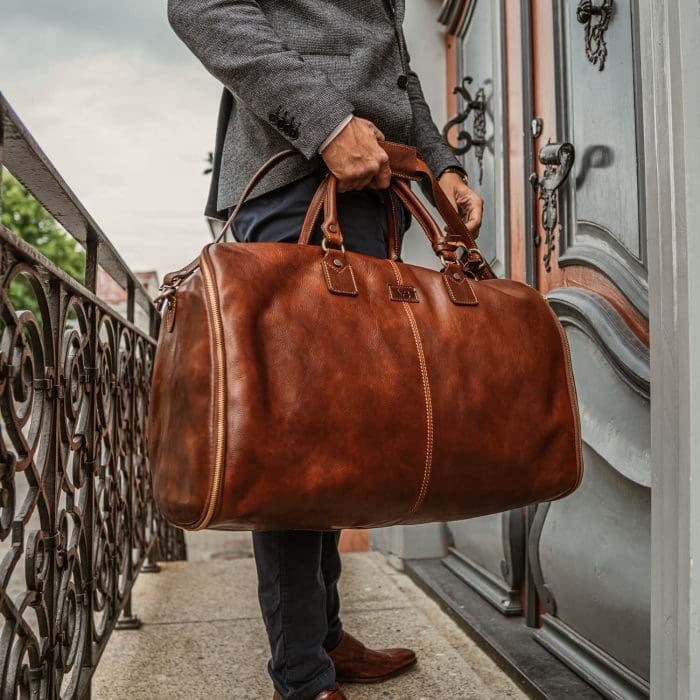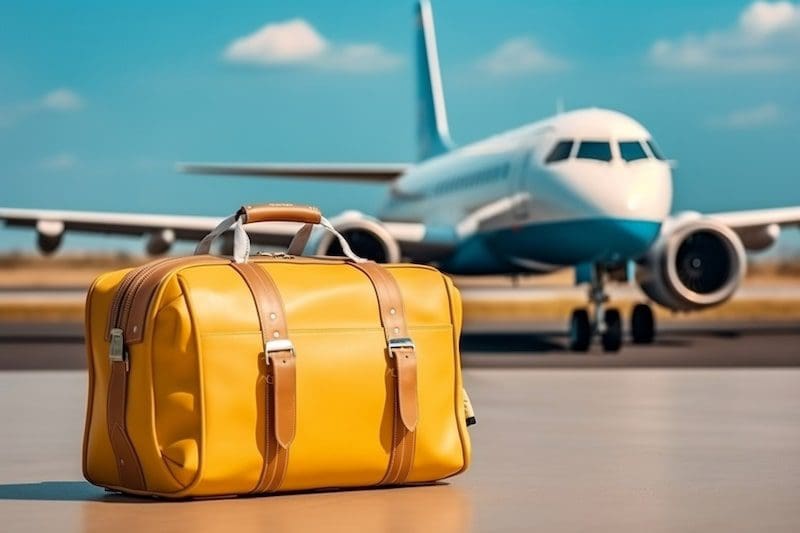Air travel involves navigating a myriad of rules and regulations. Among the most perplexing for first-time travelers is the distinction between a carry-on and a personal item. Understanding the differences between a carry-on and a personal item can help streamline your journey and ensure a stress-free travel experience.
This article will break down such dissimilarities. It’ll also provide some tips on what to pack in each. This is because carriers like tote bags often straddle the line between the two classifications.
Defining Carry-On Bag
A carry-on bag is the larger of the two and is typically stowed in the overhead compartment. Most airlines have specific size restrictions for such bags, so it’s essential to be aware of the allowed dimensions for your chosen airline.
In your carry-on, pack items you might need during the flight. Think of things like headphones, a book, or a travel pillow. Additionally, any valuables or fragile items should be kept here to ensure their safety.
Understanding Personal Items
A personal item is a smaller bag that fits under the seat in front of you. This could be a purse, a small backpack, or even certain tote bags. The size requirements for personal items are stricter than those for carry-ons.
Personal items should contain valuables you’ll need to access frequently. These include passports, wallets, snacks, or medications. Keeping them close will ensure a smoother journey without the constant need to rummage through the overhead compartment.
Is A Garment Bag A Personal Item?
There’s often confusion about where garment bags fit in. Are they a carry-on or a personal item?

Garment bags are classed as a carry-on bag according to Vonbaer.com, with most USA airlines classing them as such.
However, you might be wondering why one would opt for a garment bag. It’s perfect for people who need to keep their clothing wrinkle-free, such as business travelers or attendees of formal events. If you’re transporting a suit or a delicate dress, a garment bag is your best bet.
How To Decide What To Pack Where
So, you’ve got a clear understanding of carry-ons and personal items. But how do you decide what goes where? Begin with a list. Write down everything you plan to bring, then categorize items based on urgency and necessity.
For instance, items you can’t risk losing, like medications, electronics, or travel documents, should be in your personal item. On the other hand, extra clothing, larger toiletries, or things you’ll only need once you’ve reached your destination can safely go in your carry-on.
Selecting The Right Bag
The type of trip you’re embarking on plays a role in deciding what bags to bring. For short weekend getaways, you might only need a personal item, while week-long trips might necessitate both a carry-on and a personal item.
Before you start packing, make sure your bags comply with the airline’s specifications. The last thing you want is to repack at the check-in counter. Also, prioritize accessibility. Bags with multiple compartments can be a game-changer. They allow you to segregate items and provide easier access during your flight or at security checks.
Key Tips For Seamless Packing
Packing efficiently is an art. Here are a few pointers to get you started:
- Always check your airline’s specific baggage policies.
- Utilize packing cubes or organizers. They’ll not only keep your belongings tidy but also help in compressing items, creating more space.
- Avoid overpacking. If you’re on the fence about an item, it’s best to leave it out. Remember, it’s always possible to purchase items at your destination if necessary.
Strategies To Maximize Space
An essential aspect of packing, whether for a carry-on or personal item, is maximizing space. The art of packing isn’t just about fitting everything into your bag but doing so efficiently.
- Roll, Don’t Fold: Rolling clothes can save space and reduce wrinkles. For items that might wrinkle easily, consider folding them around more durable clothing pieces.
- Use Every Nook And Cranny: Shoes can be excellent compartments. Consider filling them with socks or small items. Just make sure they’re clean or within a shoe bag!
- Go Mini: For toiletries, invest in travel-sized containers. Not only do they save space, but they also comply with the TSA’s liquids rule, making your security checks smoother.
Conclusion
Embarking on a journey can seem daunting for first-timers. But with clear knowledge of how to differentiate and pack for your carry-on and personal items, you’re already a step ahead. While guidelines and tips can be extremely beneficial, each journey offers a chance to refine your packing strategy further. So, embrace the learning curve, and you’ll pack like a pro eventually. Have a safe travel, and may your journey be as smooth as your packing process!


